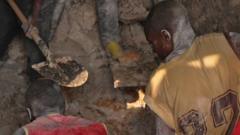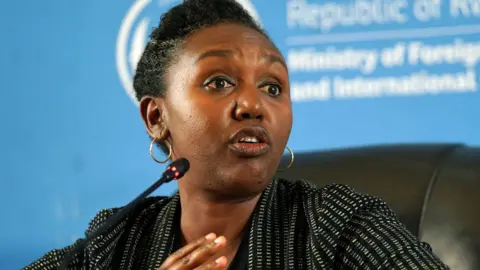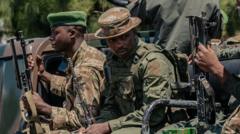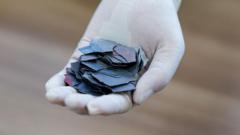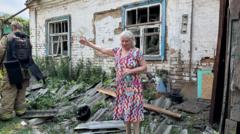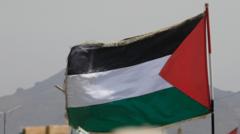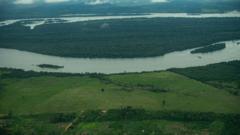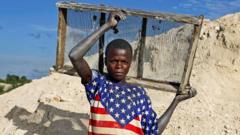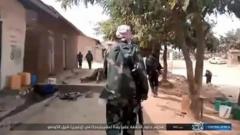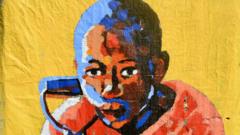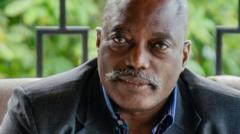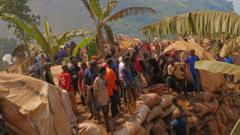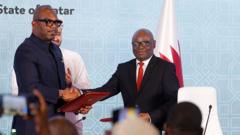The Rubaya mine in eastern Democratic Republic of Congo (DRC) stands as a significant player in the global supply chain of coltan, a mineral essential in the production of mobile phones. Recently granted exclusive access by the M23 rebels who control the region, the BBC documented the daily lives of over 10,000 miners engaged in laborious tasks on a hazardous terrain dotted with pits and tunnels.
Many miners work tirelessly in the sweltering heat, facing risks from harmful gases as they extract the precious ore. Despite the harsh conditions, the work provides livelihoods for these men and women. Some miners, like Peter Osiasi, report personal empowerment through mining, citing savings for future family commitments. Still, Osiasi points to the daunting reality of low wages, expressing hopes for improved remuneration.
The Rubaya mine is nestled in the lush Masisi Hills, which are home to about 15% of the world's coltan supply. This region’s rich resources have historically fueled armed conflicts, with various groups, including the Congolese military, vying for control. Currently, the M23, which has been scrutinized and accused of receiving support from Rwanda, has established a semblance of order within the mine, ensuring that no armed individuals roam the site.
The geopolitical dimensions of the area have recently shifted with a renewed U.S. interest in exploiting these mineral resources, resulting from a peace deal negotiated in Washington. While the M23 remains independent of this agreement, it capitalizes on the local economy by taxing operations and managing safety protocols at the mine. This new dynamic poses questions regarding the local populace's future safety and economic wellbeing.
Efforts are underway through a parallel mediation led by Qatar, designed to promote dialogue among armed groups and the Congolese government, fostering hope for long-term stability. Meanwhile, locals express growing optimism for economic development contingent on increased investment in infrastructure, healthcare, and education from potential foreign investors.
As the world watches the DRC’s tumultuous future unfold, the miners at Rubaya echo a common sentiment: they seek not just survival, but a sustainable future with improved working conditions and wages. The complexities of their situation encapsulate a broader narrative of aspiration against a backdrop of enduring conflicts both local and international.

